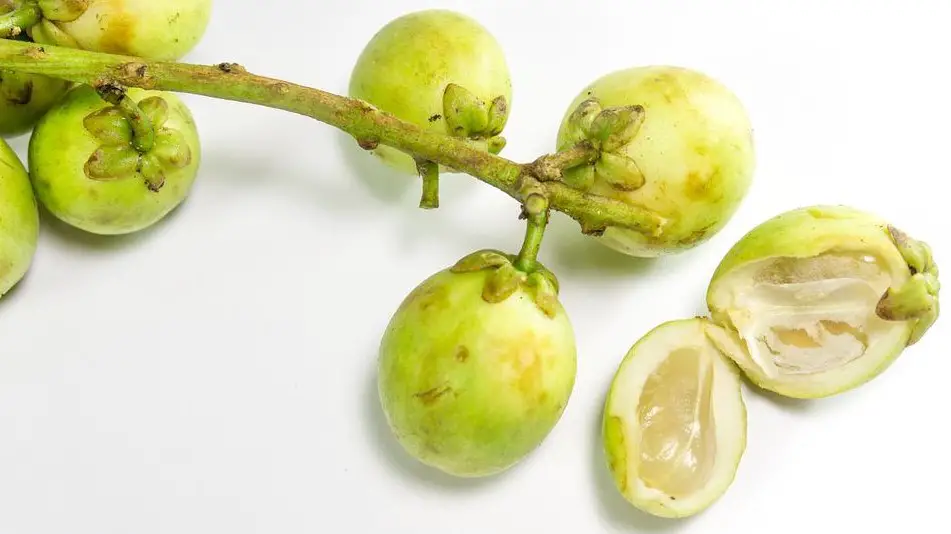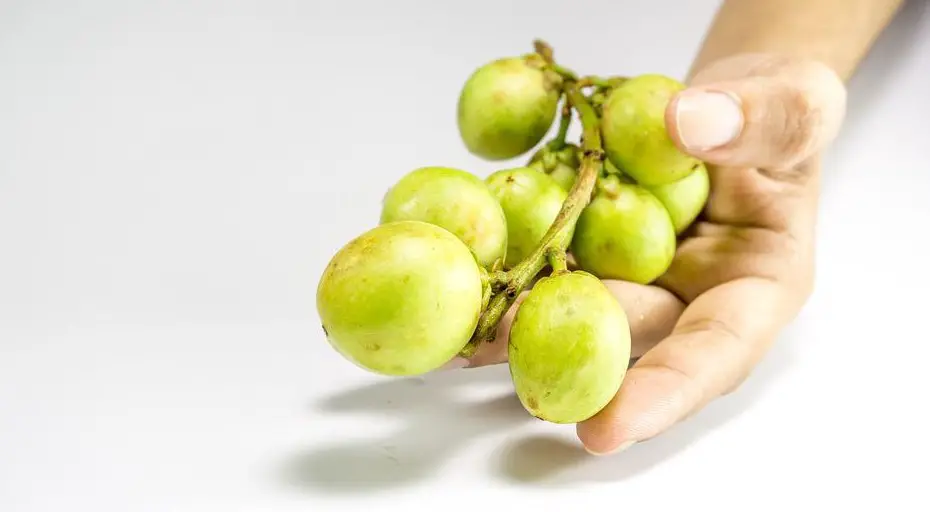If you’ve never tried lanzones before, you’re in for a treat! This exotic fruit is popular in Southeast Asia and the Philippines, but it’s starting to gain a following in the USA. Lanzones are sweet and tangy, with a texture somewhere between an apple and a grape. In this blog post, we’ll give you a guide to buying lanzones in the USA and some tips on how to enjoy them. So read on, and get ready to taste something new!
Lanzones are available online, in Asian markets, and some specialty grocery stores. When choosing lanzones, look for plump fruits that have a uniform shape. Avoid fruits that are bruised or have wrinkled skin. To eat lanzones, peel off the thin skin and enjoy! They can be eaten as a snack, added to a fruit salad, or used in various recipes.
A Guide to Buying Lanzones in the USA

Lanzones are a type of tropical fruit that is native to Southeast Asia. The fruit is typically oval or cylindrical and has a thin, yellow-brown skin. The flesh of the lanzone is white and contains large seeds. The taste of lanzones has been described as a cross between grapes and lychees.
Lanzones are not a common fruit in the United States, but they can be found in some Asian markets. When purchasing lanzones, look for yellow-brown fruits in color and have smooth skin. Avoid fruits that are bruised or have blemishes.
To eat lanzones, first, remove the skin. The flesh of the fruit can be eaten fresh or used in recipes. Lanzones are often used in desserts, such as pies and cakes.
If you’re looking for a unique and exotic fruit to add to your next meal, consider lanzones! With their sweet taste and delicate flavor, these fruits will please any palate.
Where can you find lanzones?
If you’re looking for a fruit that’s both delicious and exotic, then you need to try lanzones. This Filipino fruit is only available seasonally and is usually found in the southern islands. Lanzones grow in bunches that resemble grapes, but the fruits are about twice the size. The skin of a lanzone is thin and brown, with white or yellow flesh inside. The taste of lanzones has been described as a cross between grapes and lychees, with a hint of lemon. So if you’re looking for something new to try, be sure to pick up some lanzones the next time you see them.
Can lanzones grow in Florida?
If you plan on growing a lanzone or langsat tree, make sure that your climate can promote its growth. For example, in the United States, Hawaii and some areas of southern Florida are great locations with warm enough temperatures perfect for promoting these plants’ development (such as The Keys).
What is the English term for lanzones?
Lansium parasiticum, also known as Lansat or Langsat in English; lanzones / ˈlɑːŋ z oʊ nga/. This tree species is found across Asia and can be cultivated for its edible fruits, which have a sweet taste like those of sugarcane. The fruit’s color ranges from light browns to purples – depending on their age when harvested!
What season are lanzones?
Lanzones are a type of fruit that you can find from August to December. These tangy and sour fruits have been known for centuries as an ingredient in various dishes, but if we eat them raw or cook them too much, the flavor becomes more bitter than before.
How long does it take for lanzones to bear fruit?
If you want to grow your tree, it takes 10-12 years for the fruits. A good option would be buying one from a nearby nursery that has been growing well and taking care of its soil over time so that they can produce healthy trees in just two or three decades instead!
Are lanzones healthy to eat?

Lanzones, a type of fruit found in the Amazon rainforest and other hot regions around our planet, for their natural antioxidants, which can fight off free radicals that cause aging.
” Food Chemistry” study showed how these powerful little vegetables have antioxidant capabilities similar to other tropical fruits such as bananas or papayas; however, they contain less sugar per serving than most others, so you get more bang for your buck!
What do lanzones taste like?
Lanzones are a popular fruit found in many parts of Asia. The skin is thick and hairy, with clear resin leaking out when it’s unripe, but once ripe (and eaten), these tiny berries measure 3-4 cm across – making them perfect for snacking or brewing. Into your favorite tea! Inside each segmented fleshy aril, an almost gel-like material has a sweet flavor combined with light acidities like longan or lychee.

